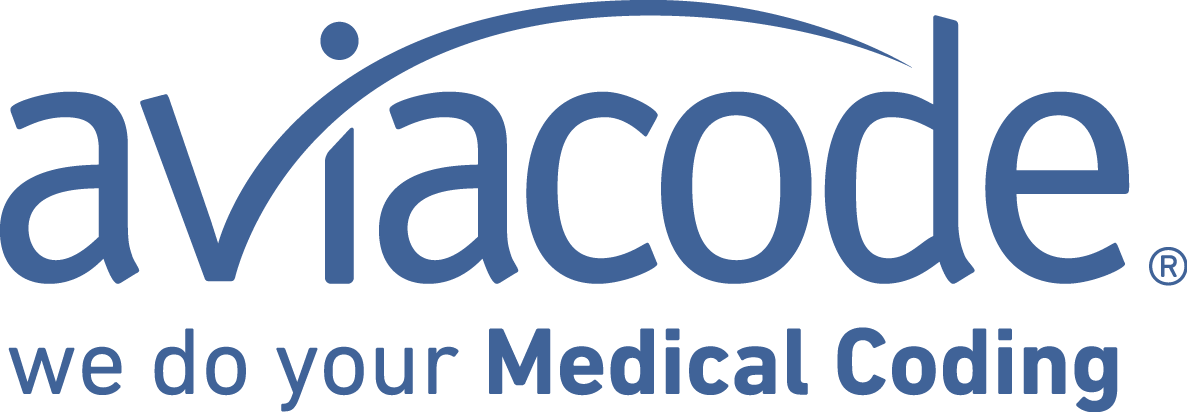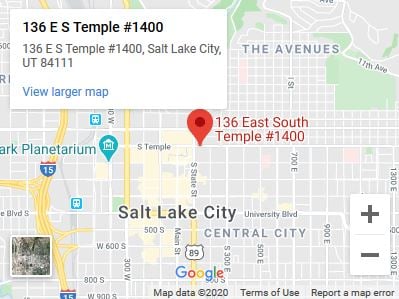Your practice will experience revenue leakage starting the moment a patient schedules an appointment with you. Some of these leaks typically start out small but overtime they will make large dents within your practice. Below are some tips to help improve your rev cycle management system and prevent those leaks.
- Patient Information: Acquiring accurate patient information will help reduce claim rejections due to ineligibility, patient not found, or service not authorized. Implement a checklist at your practices registration office to help insure accuracy. The staff member registering a patient should verify the patient’s information, take a photocopy of the patient’s insurance card, and review the patient’s insurance (optimally, this would be done before the physician sees the patient in order to avoid performing services that are not covered).
- Making Payments Accessible: Many practices unintentionally put limits on their ability to be paid by their patients by failing to offer different ways for patients to pay. This often occurs with the types of credit cards accepted or when practices lack payment plans. Patients might be willing to pay up front until they realize they don’t have the option because their card is not accepted at your practice. Patients who walk out the door without putting down a payment are 50% more likely to avoid paying their medical bills in the future. Finding ways to help increase collecting the patient’s responsibility up front will help prevent major revenue leakage.
- Reduce Claim Denials: The most common reason for claim denials include: patient ineligibility, incomplete patient or plan information, missing supplemental attachments, partial service information, duplicate claims, claims submitted to the wrong insurance company, and medical coding errors. All of these errors could be fixed by implementing a check system. Have someone oversee the claim submissions and denials. Find out what the most common errors are for your practice by taking the time to analyze the denials that come back to you. Finding the problems specific to your practice will help eliminate or reduce your practices denial rate. According to YEI Corporation once a claim is denied by CMS for medical necessity, the time it takes for employees to fix the errors and resubmit the claim costs the practice $53-$117. Annually this costs a practice an average of $960,000. If your practice is receiving high rates of denials it might be wise to consider outsourcing your medical coding. This would save your practice money, because you don’t have to pay for the medical coders time like you would your employees, but rather the codes they send out. If there happens to be denials they take care of it.
To avoid revenue leakage at your practice make sure to have a check system in place each step of the way, from the moment a patient schedules an appointment until final payment occurs.




